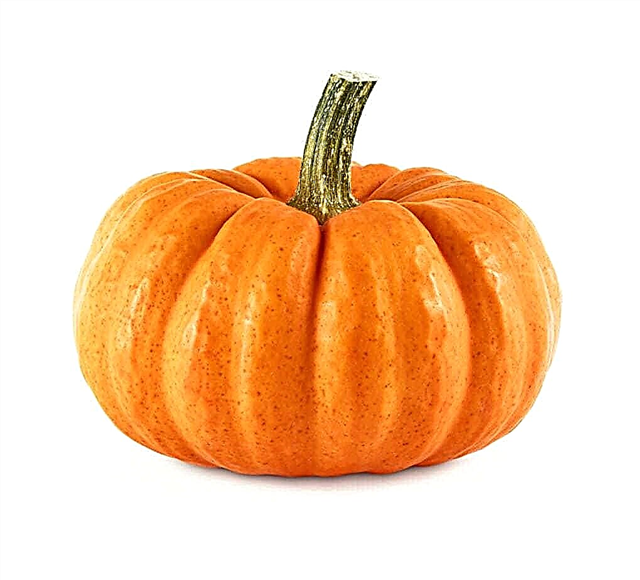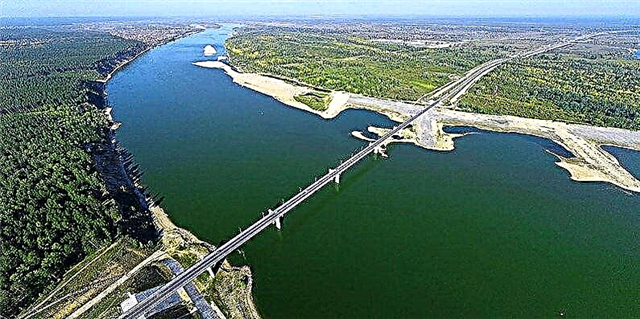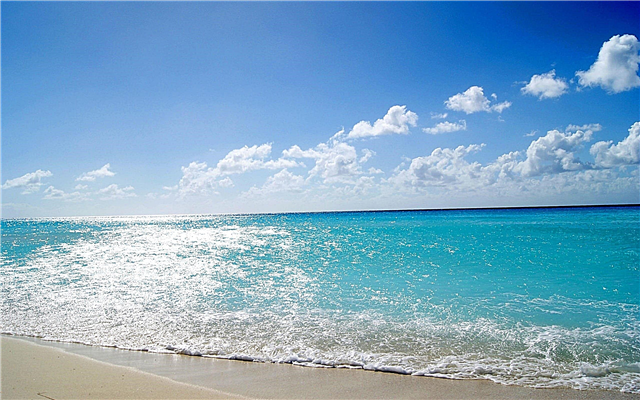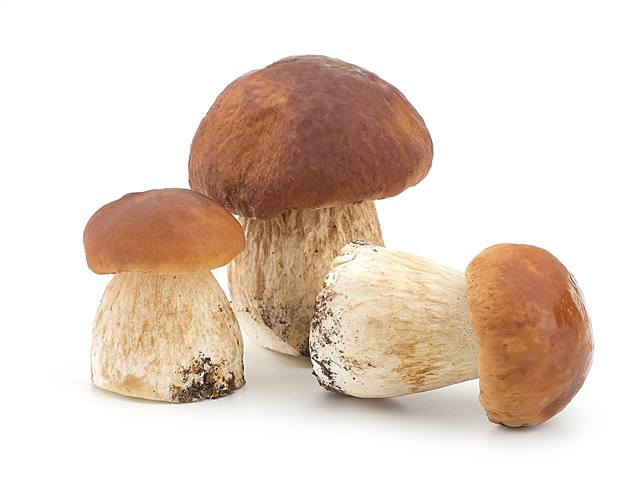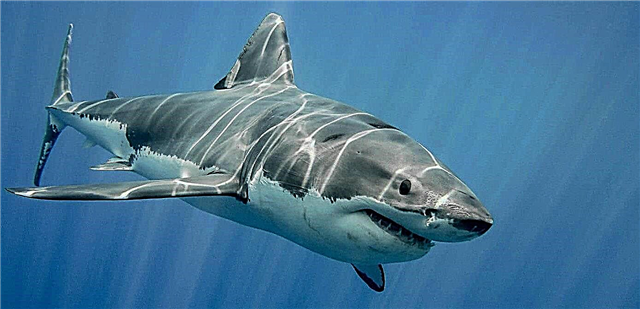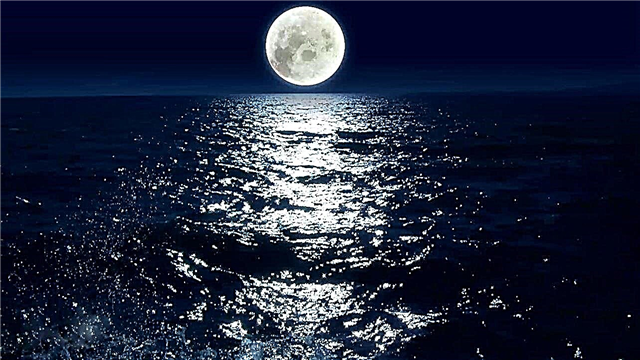
Life on Earth is represented by a huge variety of different organisms. Without plants and microscopic phytoplankton algae, constantly releasing oxygen into the atmosphere, our planet would become an unsuitable habitat.
All life on the planet functions as a single super organism, maintaining the stability of its atmosphere and temperature.
Biogeographic kingdoms

Scientists divide animals into eight biogeographic kingdoms. Although many species are found in several kingdoms at once, an experienced naturalist, if you blindfold him to any point on the planet, carefully examining the surrounding fauna, will quickly understand what kingdom he is in.

About 1.3 million animal species known to science are divided into at least thirty groups. The vast majority of them are invertebrates. These include sponges, various worms, corals, mollusks, starfish, arthropods (insects, spiders, crustaceans, etc.). Vertebrates that appeared about 400 million years ago are much smaller. However, these large forms that eat microorganisms, plants, and other animals dominate most habitats.
Mammals (animals)

Giraffe is one of about 4800 modern mammalian species. All of them feed their offspring with milk. Mammals include 4 species of oviparous, two hundred ninety-eight species of marsupials and all kinds of placental animals, including two hundred ninety-one species of primates.
Birds

A large toucan and about ten thousand modern bird species are descendants of dinosaurs.These animals with feathered forelimbs (wings) are usually perfectly adapted for flight.
Reptiles

Like most of the approximately eight thousand modern species of this group, the mottled aspid lays eggs in a waterproof shell. During evolution, snakes lost their extremities, preserved in turtles, crocodiles and most lizards, also belonging to reptiles.

Amphibian
5500 of their modern species include tailless frogs, legless worms and tailed tritons and salamanders, for example fire (spotted), which is found in Europe. The development of eggs and larvae in most cases occurs in fresh water.
Radiant fishes

New Zealand horse mackerel is one of about twenty five thousand species of this group, widespread in salt and fresh water bodies. The bone skeleton is characteristic, as is the case of lapidate fishes (for example, bipedal), their close relatives.
Cartilaginous fish

The skeleton of sharks and stingrays consists of cartilage - there are no real bones. The nine hundred and sixty species of this group include predators like a fox shark and giant fish that feed on plankton, such as a whale shark.
Invertebrates

The seven-point ladybug is one of more than 370,000 species of beetles. Beetles are the most extensive detachment of animals belonging to approximately one million insect species known today. About thirty percent of the land is occupied by at least trillions of trees, and two thirds of all animal species live in the forests they form. Forest communities of various types develop in any climate where there is enough heat and moisture. Their three-dimensional structure includes many micro-habitats, providing food and shelters for all kinds of organisms.Some of them, for example, inhabit exclusively the canopy, where they climb along trunks and branches, fly and plan between them.
Forests are vital for biosphere balance. The gas exchange and the water cycle carried out by them affect both regional and global climatic conditions. A significant part of the initial forest cover of the planet is destroyed by a person clearing the territory of all new agricultural land, settlements, industrial enterprises. Natural regeneration of forests does not restore even half of their former biodiversity, while in forest plantations it is even lower. Sustainable forest management, especially in the tropics, will help stop further extinction of species and slow global warming.



